Readings from the World War I diaries
Our diaries are rich in contemporary detail and emotion, both documenting and providing insight into significant events and the minutiae of daily life. As we commemorate the Great War, the Library is collaborating with artists and performers to share stories from our collections through recordings, performance and other media. These recordings bring to life stories from our diaries and letters.
Jack Hutton: January 1917, France
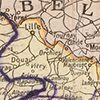
Frank Hurley: 16 February 1918

Wesley Choat: April 1919, Germany
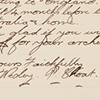
Choat was taken prisoner during the battle of Bullecourt in France. After the war, Choat wrote up his account of being a prisoner of war in Germany and of his successful escape into Holland.
Choat was taken prisoner during the battle of Bullecourt in France. After the war, Choat wrote up his account of being a prisoner of war in Germany and of his successful escape into Holland.
Ellis Silas: January 1915

Painter and illustrator Ellis Silas enlisted in October 1914 and was made a private in the 16th Battalion, C Company. His unit landed a Gallipoli on the evening of 25 April 1915 where he served at Pope’s Hill, Quinn’s Post and Bloody Angle until 28 May 1915 when he was evacuated to Egypt suffering from shell shock and fever.
On the troopship, Ceramic, January 1915 — Artist Ellis Silas is having trouble adapting to military life and the routines on board a transport.
Painter and illustrator Ellis Silas enlisted in October 1914 and was made a private in the 16th Battalion, C Company. His unit landed a Gallipoli on the evening of 25 April 1915 where he served at Pope’s Hill, Quinn’s Post and Bloody Angle until 28 May 1915 when he was evacuated to Egypt suffering from shell shock and fever.
On the troopship, Ceramic, January 1915 — Artist Ellis Silas is having trouble adapting to military life and the routines on board a transport.
Wesley Choat: La Belle France

Ellis Silas: on the way to Gallipoli

Sister Anne Donell: 2 January 1918
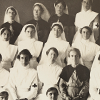
Sister Anne Donell: 27 December 1915

Sister Anne Donell - crossing the equator

Langford Colley-Priest: July 1916
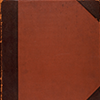
Jim Marshall: 13 September 1916 (Part 1)
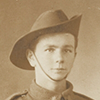
Jim Marshall: 24 November 1916, London

Langford Colley-Priest: November 1916

Maurice Evans: November 1916
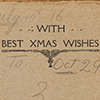
Louis Vasco: 25 June 1917, France

Bill Burrell: Thursday 20 September 1917
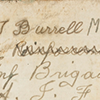
Louis Vasco: 20 June 1918, England

Louis Vasco: 30 June 1918

The Sydney and the Emden Battle: 9 November 1914
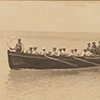
Wesley Choat: April 1919, Letter to the Principal Librarian



